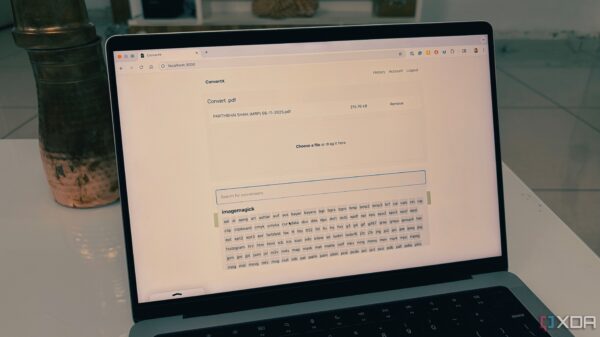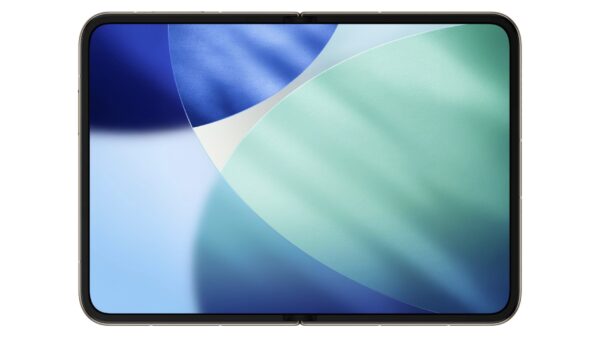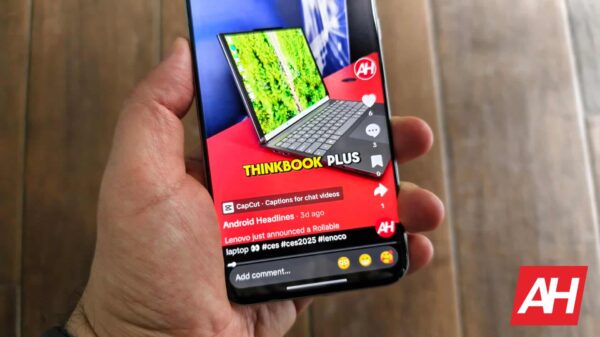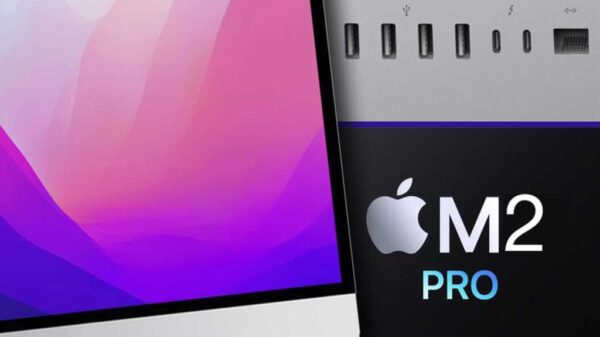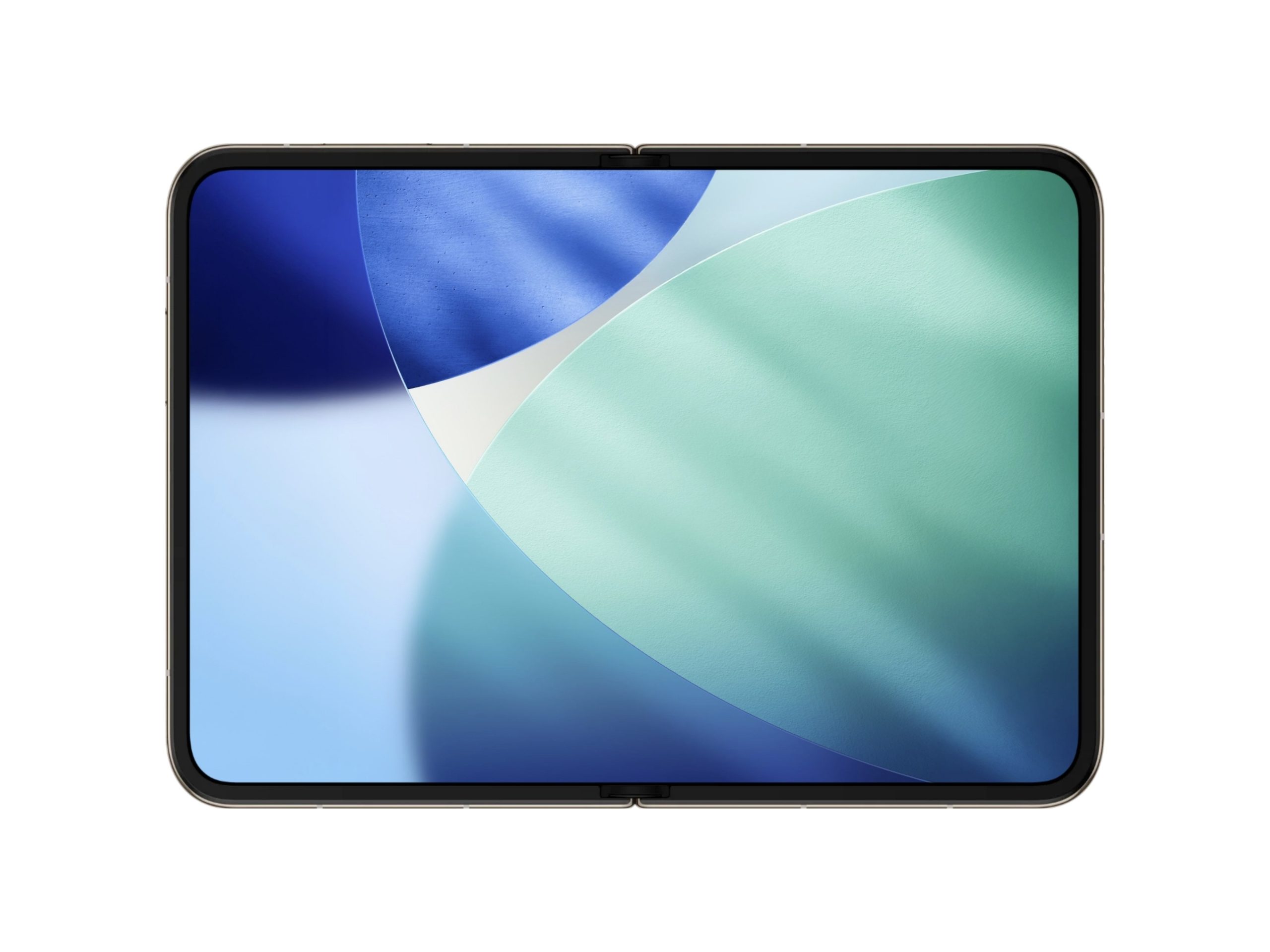Apple is reportedly set to launch the highly anticipated iPhone Fold in September 2026, potentially marking a significant breakthrough in the foldable smartphone market. Unlike existing devices that feature a visible crease along the display, Apple appears to have engineered a solution that eliminates this flaw entirely, according to information from Chinese media outlet UDN, citing sources from the supply chain.
The foldable smartphone category has long been plagued by the visible crease that compromises the user experience. Companies like Samsung have made strides in mitigating this issue, but the crease has remained a reminder of the compromises inherent in foldable technology. Apple’s entry into this space could change that narrative, as it reportedly moves into the engineering validation stage for its innovative device.
Technical Innovations Behind the iPhone Fold
Apple’s approach goes beyond merely enhancing the flexible OLED panel. The company has adopted a systems-level engineering strategy that treats the crease as a structural issue rather than just a display challenge. This method requires close collaboration across its supply chain, particularly with Samsung Display, which is responsible for the custom inner screen, and Amphenol, the hinge manufacturer.
The iPhone Fold’s design incorporates several key innovations aimed at managing stress at a microscopic level. Among these is a new hinge design that uses durable Liquid Metal components, allowing for a slim and robust profile. Additionally, a custom-designed metal plate system has been developed to distribute bending stress evenly when the screen is folded, representing a fundamental shift in how manufacturers approach foldable technology.
Market Implications and Pricing Strategy
If these developments hold true, they may explain the extended timeline for the iPhone Fold’s release, as well as the device’s anticipated specifications. The iPhone Fold aims for an ultra-thin profile, potentially measuring between 4.5 mm and 4.8 mm when unfolded. It is expected to feature a 5.5-inch outer display and a tablet-class 7.8-inch inner screen.
Building a crease-free structure while maintaining a slim design necessitates the use of premium materials, leading analysts to project a high entry price for consumers. Estimates suggest that the iPhone Fold could retail between $2,000 and $2,500.
By addressing the crease issue, Apple may attract users who have been hesitant to embrace foldable phones. If the iPhone Fold delivers a seamless experience while integrating with Apple’s existing software ecosystem, it could pave the way for mainstream demand in the foldable smartphone market. However, as seen with the original Apple Vision Pro, pricing will play a critical role in its success.
As Apple prepares for this ambitious launch, the potential implications for the foldable smartphone market are significant. A successful introduction of the iPhone Fold could redefine consumer expectations and establish a new benchmark for future devices.




